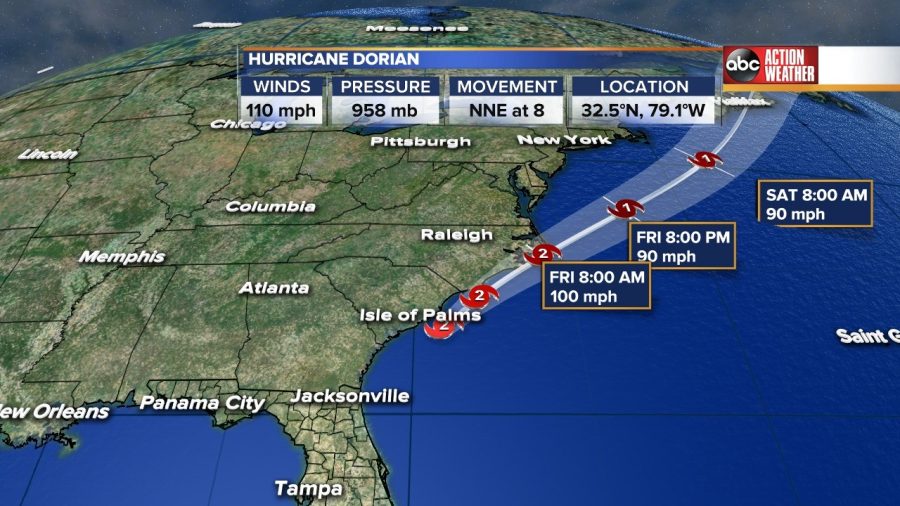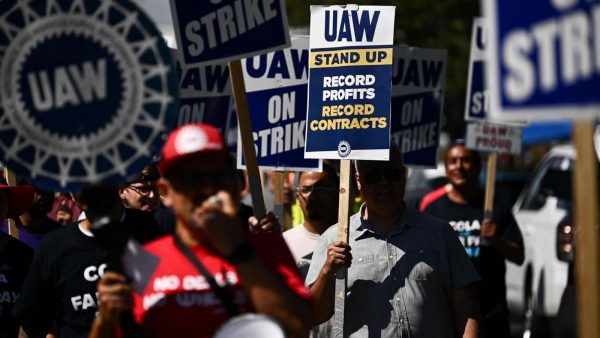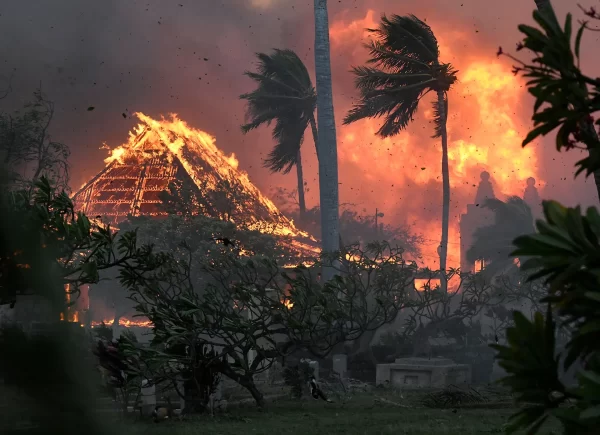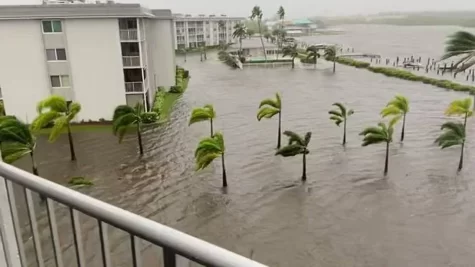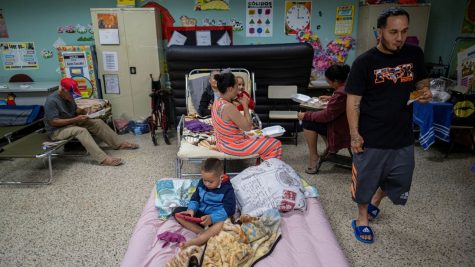Hurricane Dorian shakes Atlantic
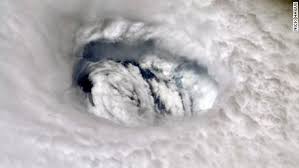
September 27, 2019
On August 24, news emerged that a hurricane was cooking up and headed to Florida, but not before bulldozing through the Bahamas. where 52 bodies had been recovered as of September 22. But with 1,300 people still missing, that number is expected to rise. Homes and businesses were destroyed. Cruises were re-routed or cancelled. Hurricane Dorian didn’t wait for anyone, and wouldn’t stop for anything in her path.
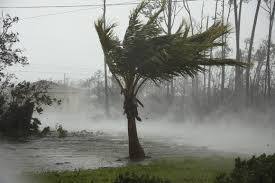
Hurricane Dorian made her way along the East Coast, with Canada receiving some hurricane effects. The storm system was at a category 5 when it barreled through Bahamas causing $ 7 billion in damage. Hurricane Dorian has left over 76,000 people homeless just in the Bahamas alone.
According to CNBC, “Hurricane Dorian hit St. Thomas on Aug. 28 and tracked through the Virgin Islands picking up strength.” CNBC noted that Dorian was the “strongest hurricane to hit the northwestern Bahamas on record.”
After hovering over the Bahamas until September 3, Dorian moved towards Florida– downgrading to a category 3, and killing four. Additionally, 46 people were reported in Florida.
Thousands of people were told to evacuate Florida, the Bahamas, and parts of South Carolina. Some people decided to brave the storm and stock up on what they needed. According to ready.gov, people stocked up on water, food, batteries, flashlights, first aid items, everyday tools, cell phone batteries, can openers, and warm clothes.
What is a hurricane?
According to the University Corporation for Atmospheric Research, “For one to form, there needs to be warm ocean water and moist, humid air in the region. When humid air is flowing upward at a zone of low pressure over warm ocean water, the water is released from the air as creating the clouds of the storm.”
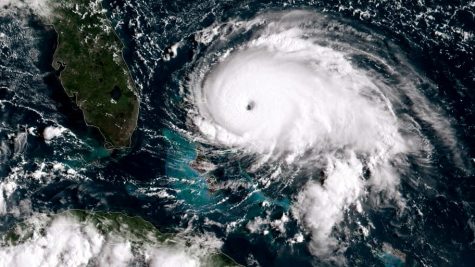
“As it rises, the air in a hurricane rotates. Air drawn into the center of a hurricane curves to the right in the Northern Hemisphere and toward the left in the Southern Hemisphere due to the Coriolis effect – a result of the Earth’s rotation.”
Hurricane Dorian had reached winds of 183 mph, and produced 96 inches of rain. With wind speeds capable of knocking houses over, Dorian did a lot of damage to homes, cars, and infrastructure.
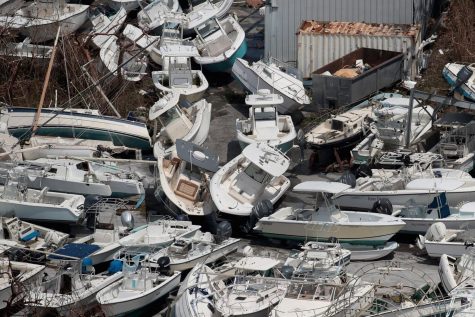
“Buildings were destroyed, roofs were torn off, trees were felled, streets and homes were flooded, and cars, boats, and debris were strewn everywhere,” AIR Worldwide’s report said to CNBC.
Hurricane Dorian made a huge dent in travel. With flights going in and out to evacuate people, tourism came to an abrupt halt. Hotels have been wrecked, resorts are destroyed, and the towns are rebuilding. It could take years to rebuild the Bahamas and some businesses in Florida.
The Red Cross is accepting donations to help the victims of this natural disaster. People can make a donation online at RedCross.org or by calling 1-800-RED–CROSS. Givers also have the option of texting the word DORIAN to 90999, which will automatically donate $10 to Dorian relief efforts.


